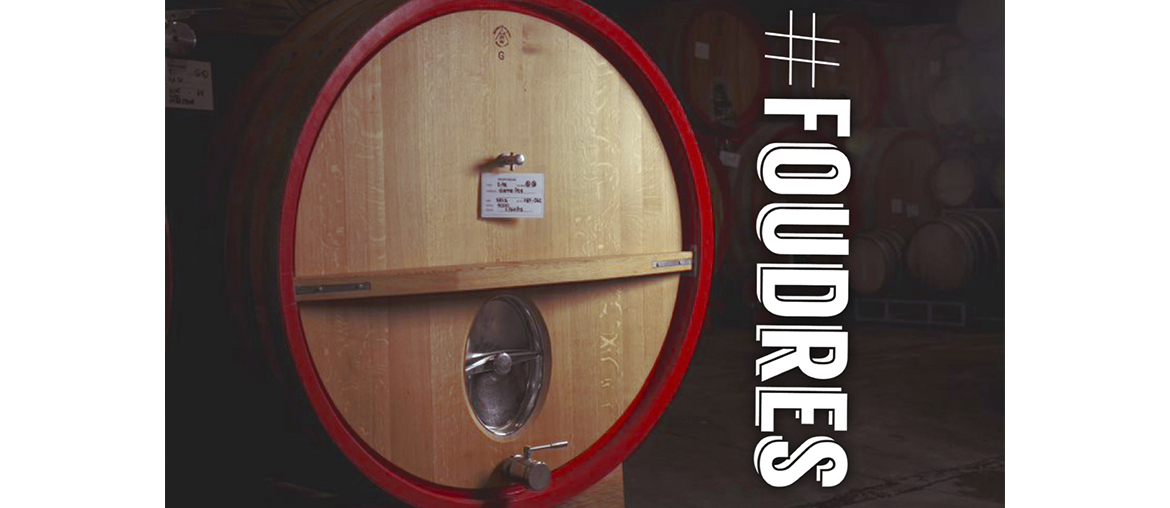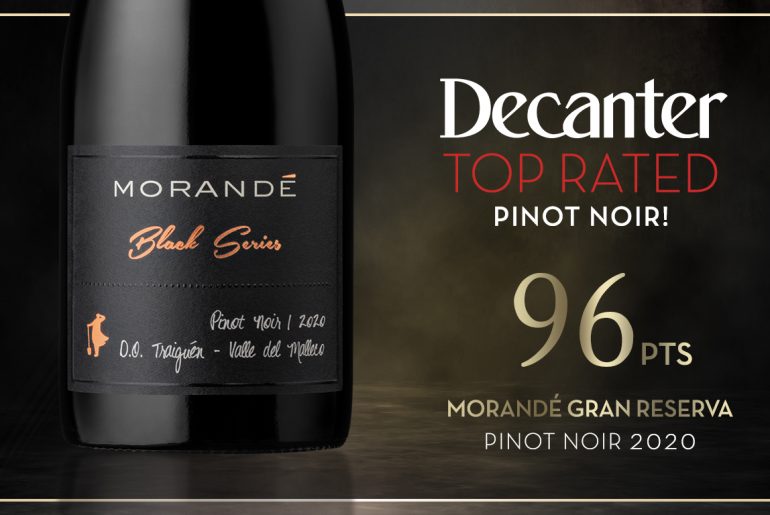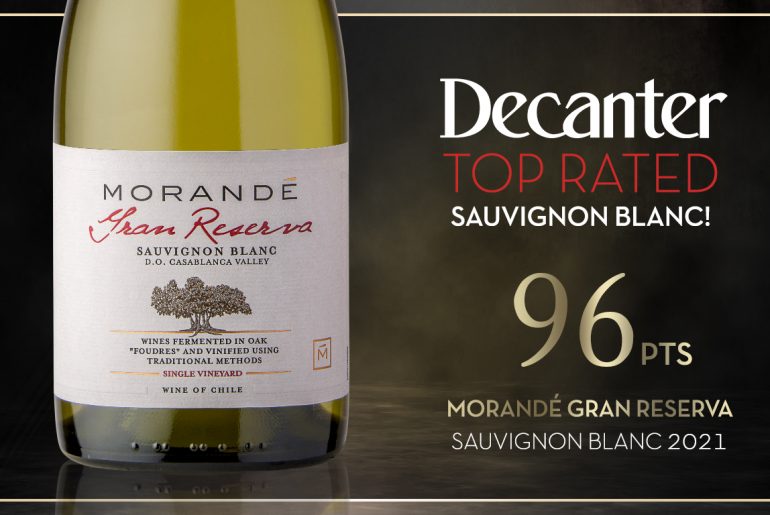Until the beginning of the 80’s, the Chilean wineries were damp and rather dark places, with a very particular aroma. If I think about what might have drawn my initial attention to the wine world as a child (at the age of 8 I evidently didn’t drink wine…), it was partly the regular visits we used to pay with my father to the traditional Maipo wineries to stroll and shop.
You could find big wooden casks, brass valves, irrigation ditches filled with pipes where the wine was cooled down during harvest, high ceilings with skylight windows to keep the cellar’s sheds fresh… But I don’t recall having ever seen a barrique. Only casks and big vats made of raulí (a native Chilean tree).
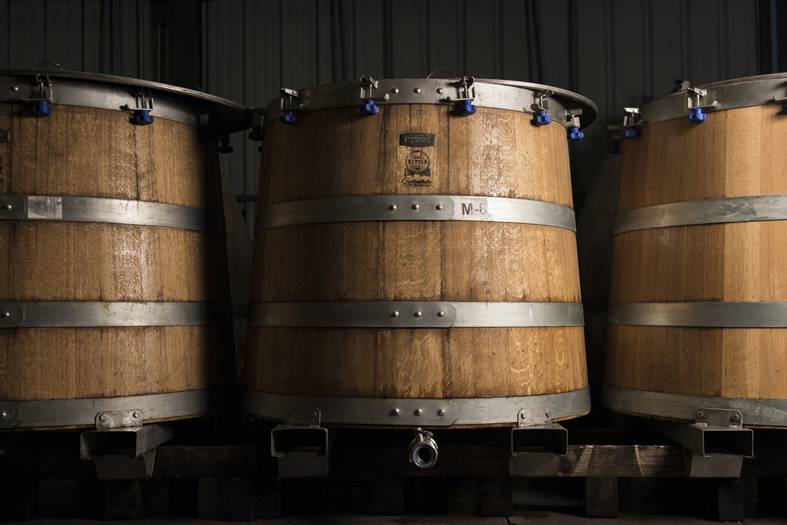
By the mid-80’s, and with the arrival of stainless steel, that world began to be dismantled, turned either into furniture or wooden sleepers, or simply burned down. The shiny and aseptic steel had arrived, complemented by cooling systems. No more bronze, welcome the reductions in the wines; but also the much-appreciated fruity aromas and the young greenish-yellow whites. The ditches were covered and the vats started wearing jackets. As it usually happens with revolutionary changes, things went a little bit overboard. So when the barrels arrived, they also brought with them a trend towards more concentrated and mature red wines with a higher wood/wine ratio.
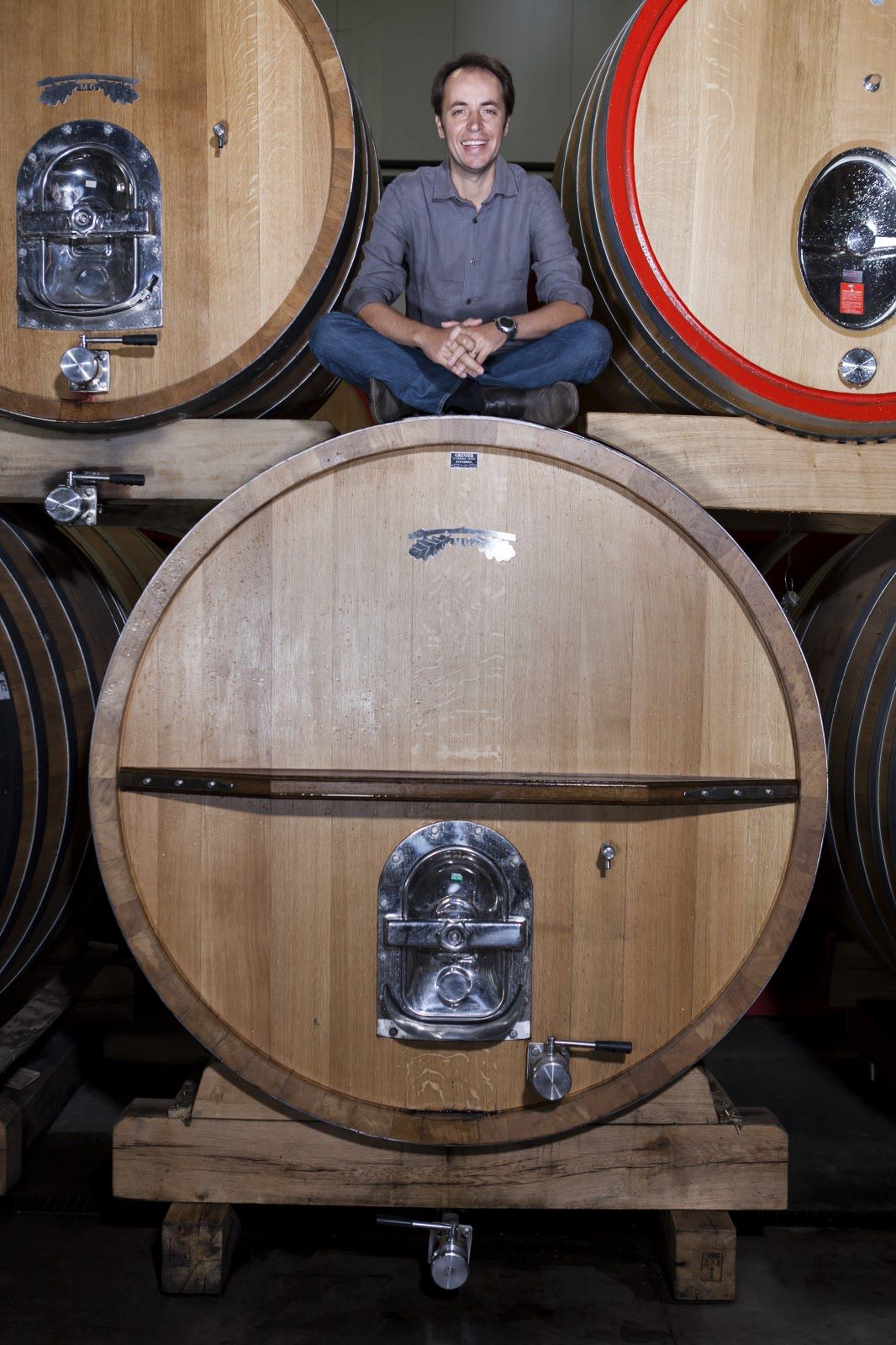
About 15 years ago, at Viña Morandé we resumed the use of foudres for aging our Gran Reserva wines. Only this time they were made of French oak. We thus managed to age the wines by means of a natural process that favors the precipitation of unstable substances, mainly color, tartaric acid and tannins. The pores of the wood also allow micro-oxygenation to take place. This process sets the color and generates larger tannin molecules, producing a softer and rounder feeling on the palate. Finally, the wood bestows the wine with “softened” tannins that come from its toasting process, and with other aromatic components, mainly acids that remind of coffee, cloves and vanilla or toffee.
When compared with what happens within barriques, foudres have the enormous virtue of generating a more slowly whirl of combinations since their wood/wine ratio is much lower.
They are, then, a piece of tradition that returns after almost disappearing. Foudres allow us to play and offer more options when it comes to creating a wine that intends to reveal its terroir more clearly.
* Pipa was the name given in Chile to big wooden casks where wine used to be aged before the introduction of barriques. Hence the name pipeño.
Winemaker at Viña Morandé

